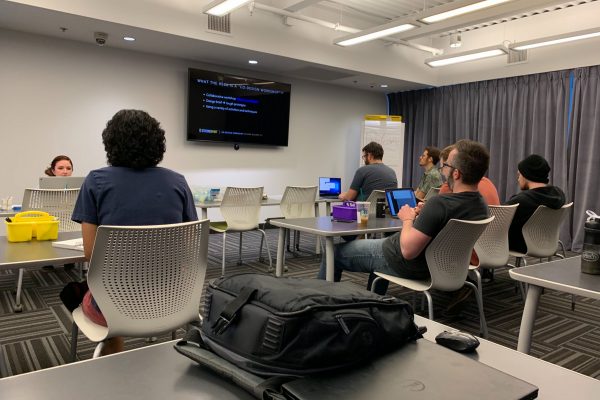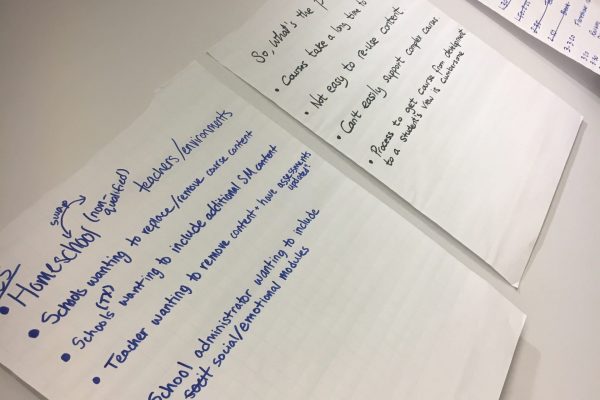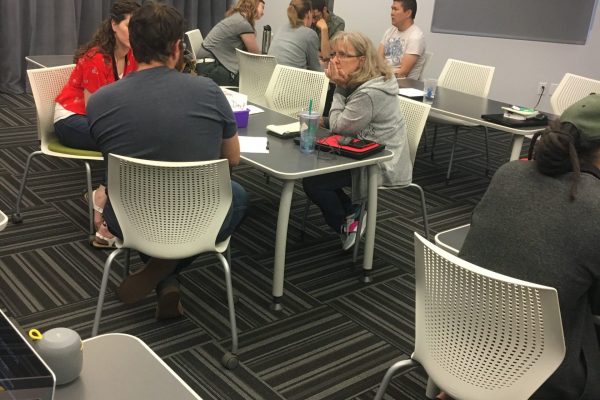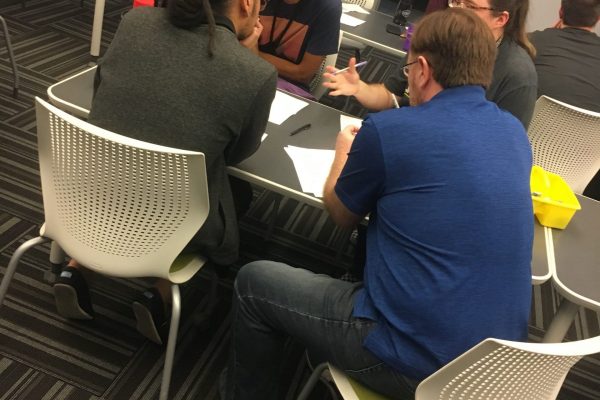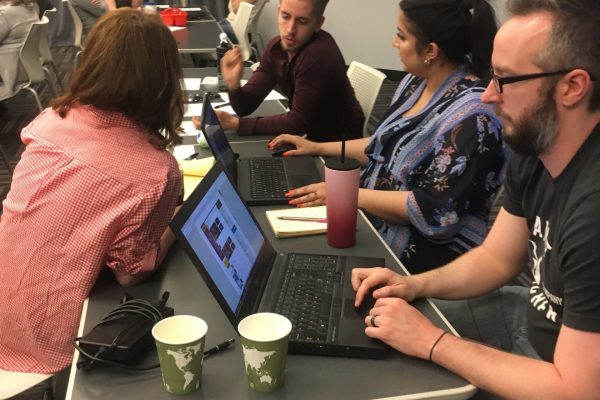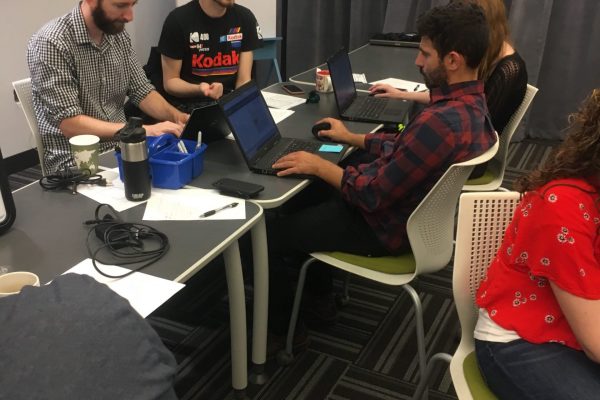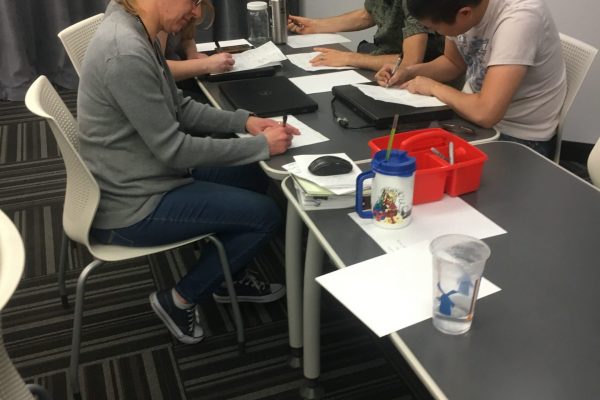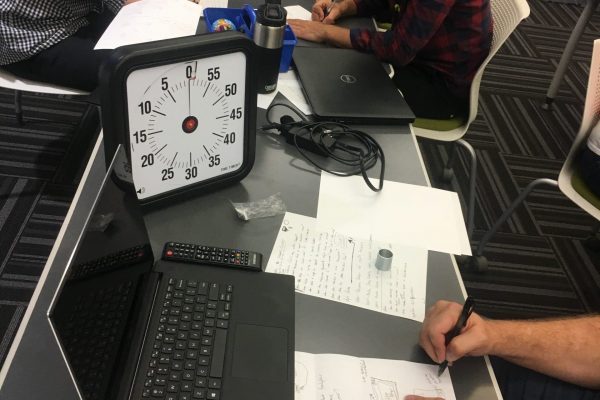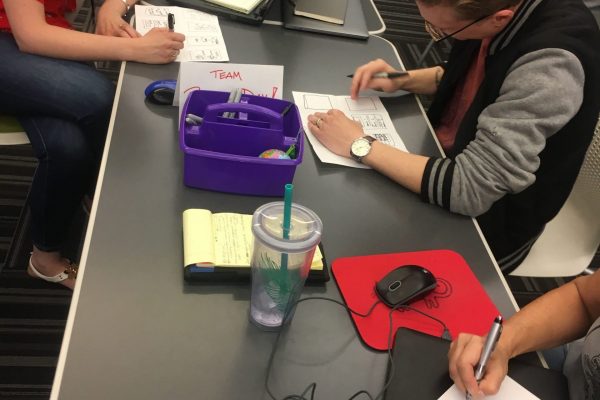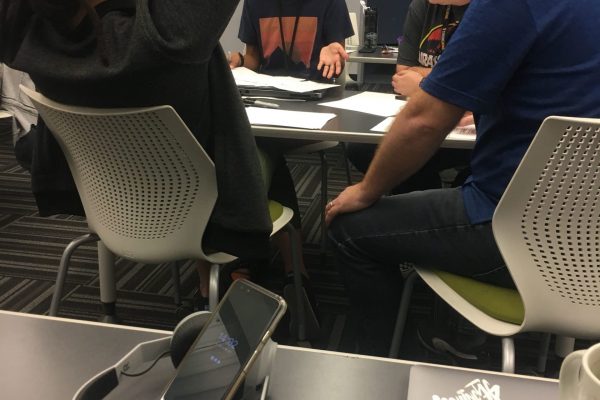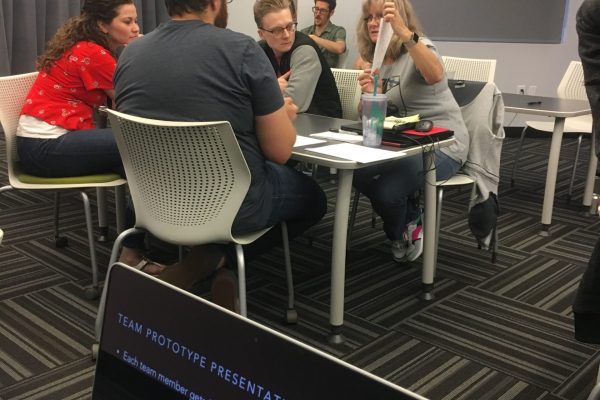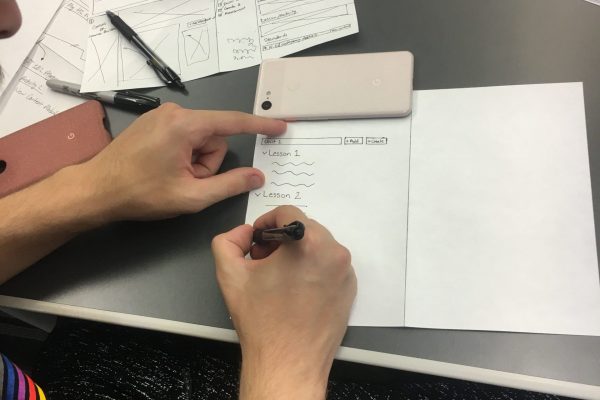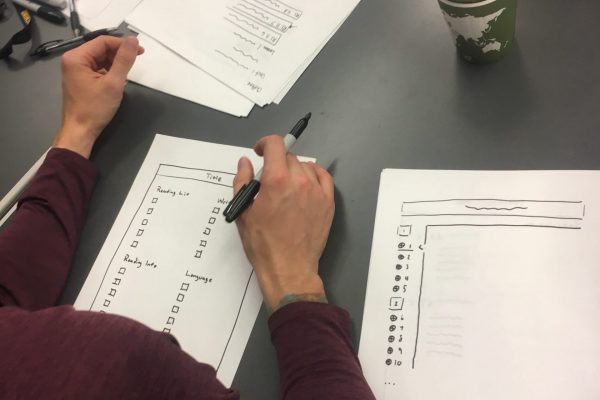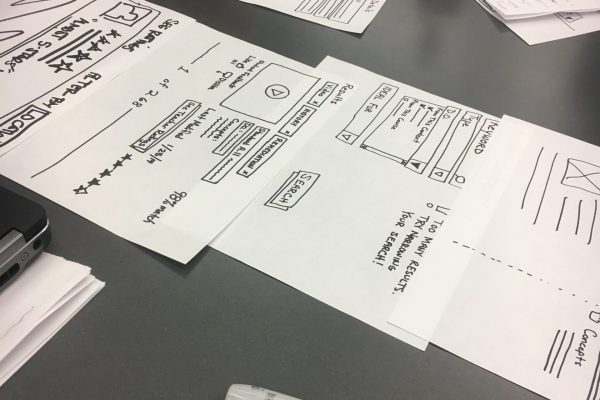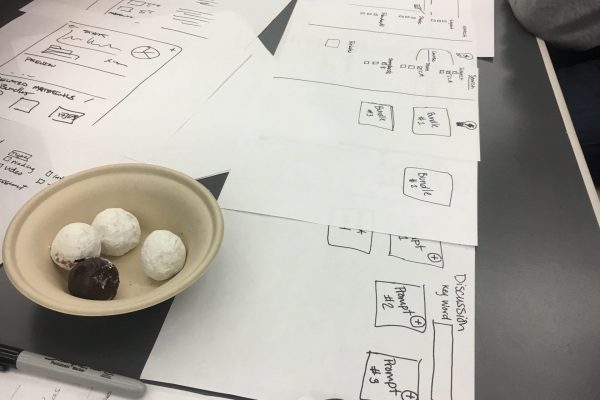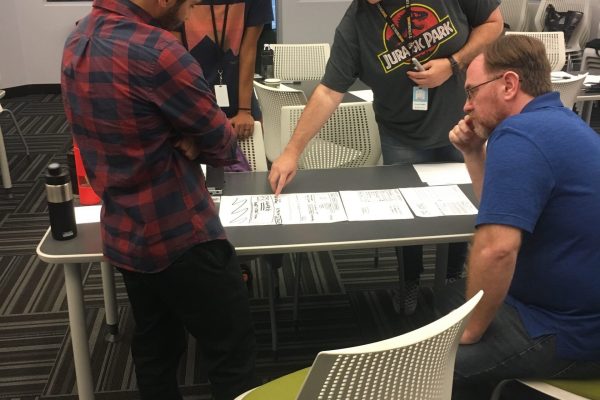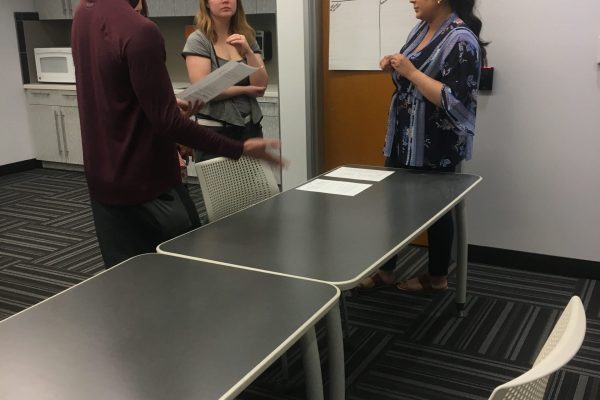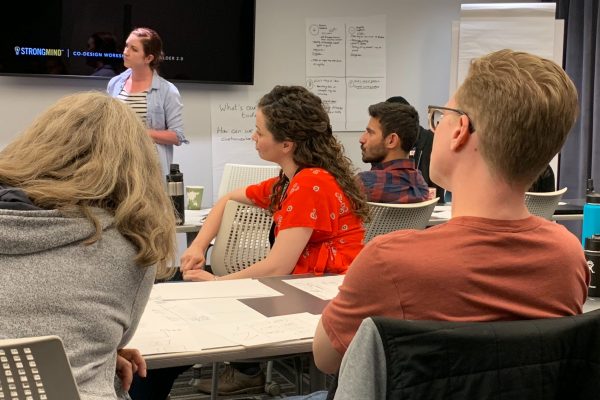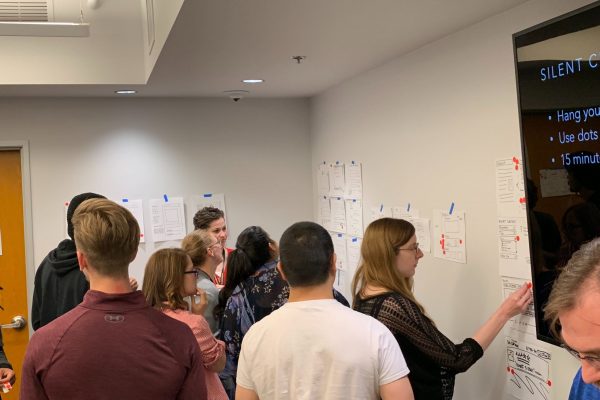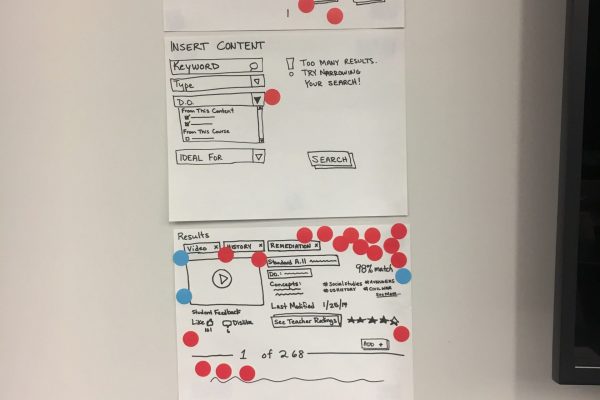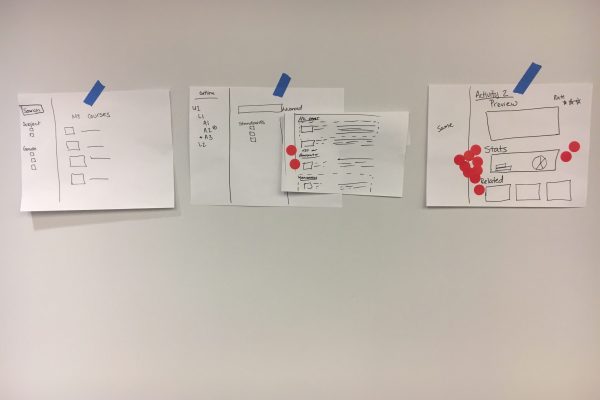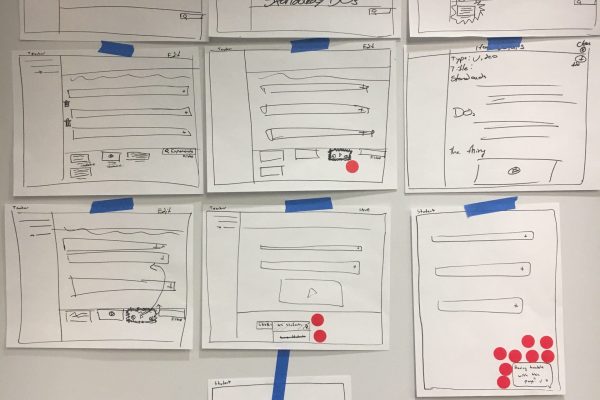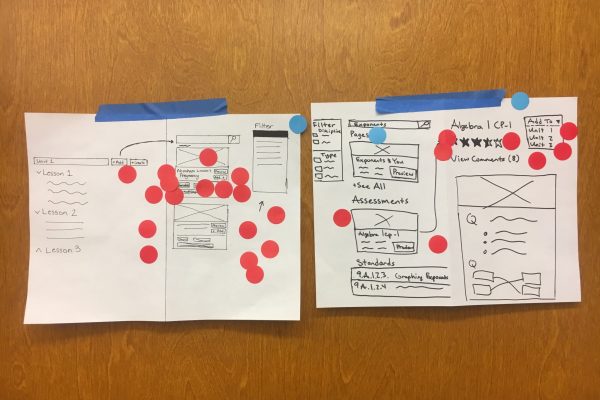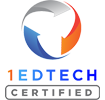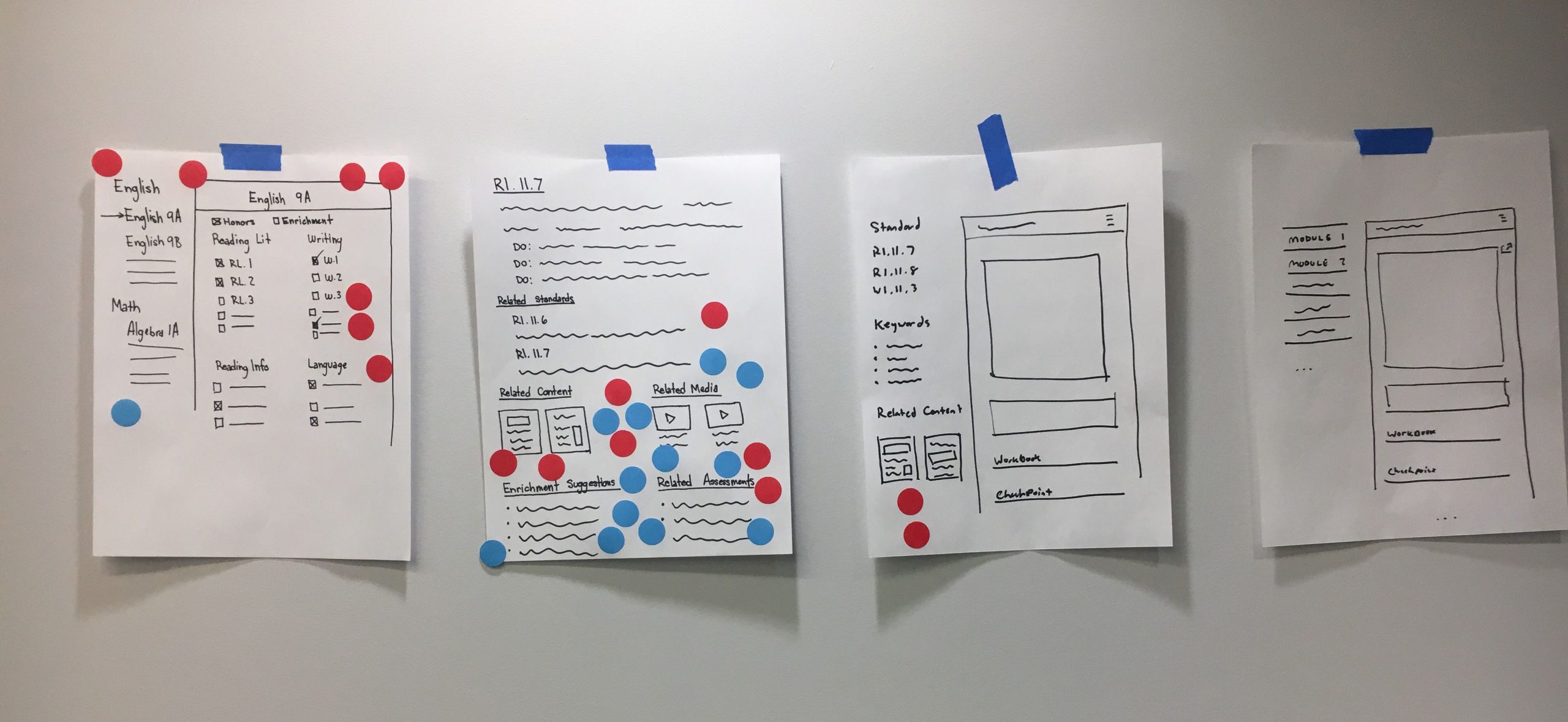
The Co-Design Workshop
At StrongMindSM, we proudly build the tools our curriculum team uses to design quality digital content for administrators, teachers, and students. Designing our curriculum tools internally helps us customize our products to ensure they are among the best.
Recently, I gathered StrongMind team members from both engineering and curriculum for a one day “Co-Design Workshop.” Our objective in the workshop was to help gain a better understanding of current problems as well as future use-cases in developing our curriculum in our current design tools, and then brainstorm five prototypes that attempt to solve or add support in these determined scenarios. To accomplish this goal, the blended team consisted of Software Developers, UI/UX Designers, Instructional Designers, Curriculum Developers, Editors, and Curriculum Specialists.
The Co-Design Workshop was a six hour workshop modeled off of the Co-Design Workshop by Domain 7, and also incorporated ideas from the Design Sprint by Google Venture. However, unlike a Design Sprint, which can last up to five full days, the Co-Design Workshop was completed in one day; this helped with scheduling team members, since coordinating this for an entire week was difficult at the time.
Establishing the Mission
The first half of the workshop we focused on unpacking the problem and the mission of the day. To help understand future use-cases, I brought in four stakeholders to be interviewed during the workshop. As a Product Manager, I hear from stakeholders often and will communicate that information to my team. But bringing the stakeholders into the same room as the software engineers and curriculum experts to hear their visions and experience directly was one of the big wins from workshop.
“Anytime I hear from stakeholders, it really helps ground my view of the product I'm working on. I have my own expertise and experience that tell me what I find useful, but it's extraordinarily beneficial to hear from someone who has limited experience or completely different experience with a product to help me hone in on the aspects that make a product work for them.”
Dria WiltjerInstructional Design Manager
Creating Prototypes
The second half of the day we focused on creating low fidelity prototypes that would attempt to solve the problems that emerged from the first half of the day. I divided the group into five teams of four with each team comprising of engineers, UX designers, and curriculum experts. Team members used their knowledge and expertise to work together and produce one master prototype per team.
Bringing the engineers together with the users of the product was valuable. The engineers were able to better understand how our curriculum users will be using the tools, which helps the engineers design software that allows curriculum experts to focus more on building quality content for our students. As well, having curriculum members work with engineers helped them understand the nuances of programming and enabled them to feel more comfortable with the engineering team overall. This, in turn, makes it easier for them to make suggestions or give feedback in the future.
Once the teams each created a master prototype, one member from a different team joined them to give them feedback on their prototype. They used this feedback to do one last iteration of their master prototype. Each team then presented their ideas to the whole group. Each person then got five sticker dots along with one “super vote” to place on ideas or prototypes that they were drawn to. The votes created a heat map and allowed everyone to easily see what ideas were trending.
“The largest trend I noticed was around a need for a user-friendly way to display metadata that would allow users to find the best content. For example, student/teacher ratings, related content/media, standards relations and usage/efficacy statistics received several blue dots. One interpretation of the results is the need for a robust LOR that would help our curriculum developers, teachers, and students reuse existing content in more effective ways.”
Nick FoxEngineering Manager
Next Steps
With all the helpful stakeholder, curriculum expert, and engineering insight my team can now start making steps towards our final product. We will continue to work with the members of the co-design workshop and get their feedback each step of the way. The end result should be a product that our curriculum users will love to use!
The Co-Design Workshop inspires and empowers my team to start making steps toward developing this new vision of our curriculum design products. The insight gained from stakeholders, experts, and engineering is invaluable, and will help us make decisions as we move forward building new tools. We plan to continue working with stakeholders, members of curriculum, and perhaps even other departments to get feedback as we progress in development. The end result should be a product that our curriculum users and stakeholders will love to use!
 Jen Southall
Jen Southall
Product Manager
